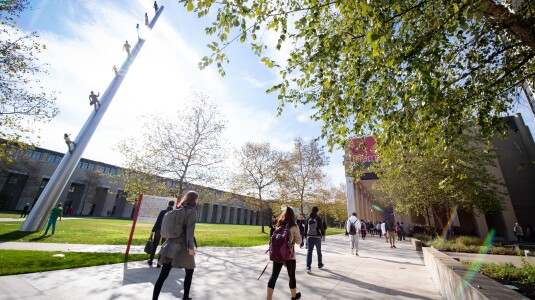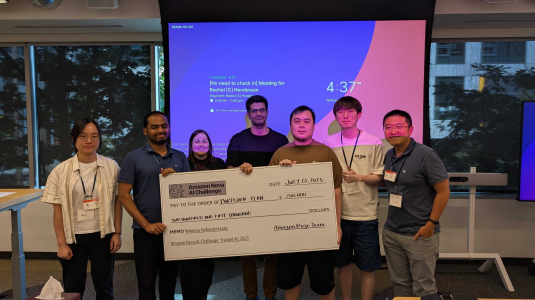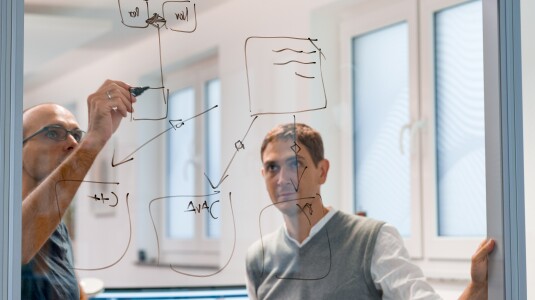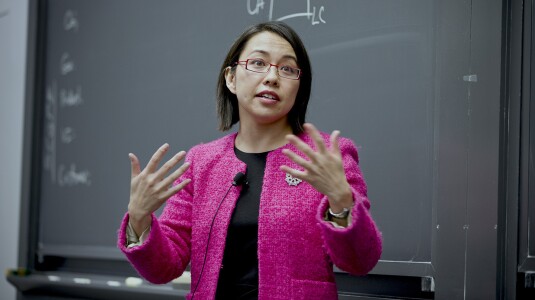Customer-obsessed science

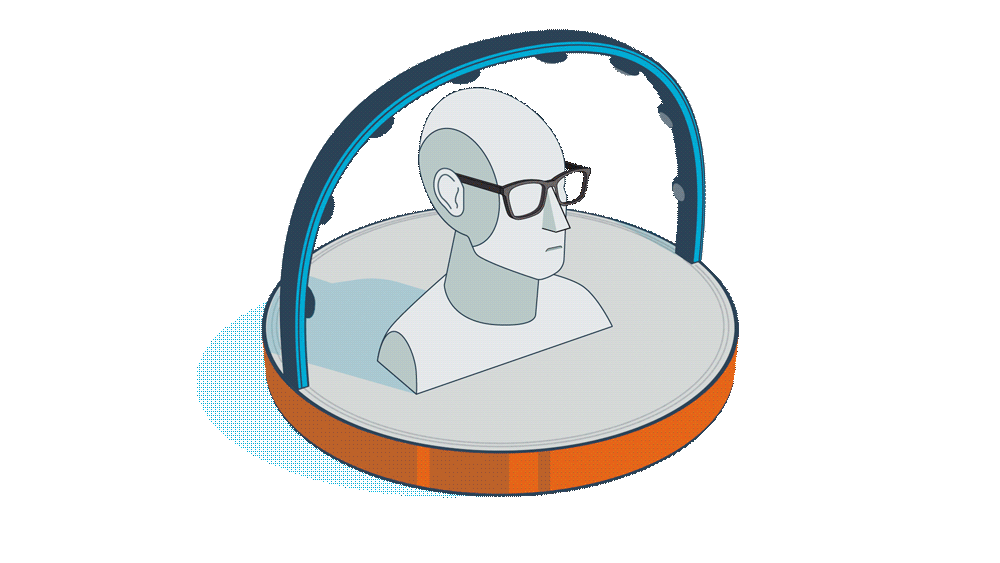
Research areas
-
December 5, 20256 min readA multiagent architecture separates data perception, tool knowledge, execution history, and code generation, enabling ML automation that works with messy, real-world inputs.
-
-
-
November 20, 20254 min read
-
October 20, 20254 min read
Featured news
-
2025Fine-tuning vision language models (VLMs) has achieved remarkable performance across various downstream tasks, yet, it requires access to model gradients through backpropagation (BP), making them unsuitable for memory-constrained, inference-only edge devices. To address this limitation, previous work has explored various BP-free fine-tuning methods. However, these approaches often rely on high-variance
-
2025Text-to-SQL systems translate natural language (NL) questions into SQL queries, enabling non-technical users to interact with structured data. While large language models (LLMs) have shown promising results on the text-to-SQL task, they often produce semantically incorrect yet syntactically valid queries, with limited insight into their reliability. We propose SQLENS, an end-to-end framework for fine-grained
-
2025As machine learning (ML) systems are increasingly deployed in high-stakes domains, the need for robust methods to assess fairness has become more critical. While statistical fairness metrics are widely used due to their simplicity, they are limited in their ability to explain why disparities occur, as they rely on associative relationships in the data. In contrast, causal fairness metrics aim to uncover
-
arXiv2025Despite rapid progress in LLM agents, performance on long-horizon, tool-using tasks remains fragile. To better understand this fragility, we ask a simple question: do all actions contribute equally to failure? Analyzing execution traces on τ-Bench (Airline/Retail) and SWE-Bench Verified, we decompose trajectories into mutating (environment-changing) vs. non-mutating steps and formalize de-cisive deviations—earliest
-
NeurIPS 2025 Workshop on Evaluating the Evolving LLM Lifecycle2025Error attribution in Large Language Model (LLM) multi-agent systems presents a significant challenge in debugging and improving collaborative AI systems. Current approaches to pinpointing agent and step level failures in multi-agent interaction traces—whether using all-at-once evaluation, step-by-step analysis, or binary search—fall short when analyzing complex patterns, struggling with both accuracy and
Collaborations
View allWhether you're a faculty member or student, there are number of ways you can engage with Amazon.
View all






































